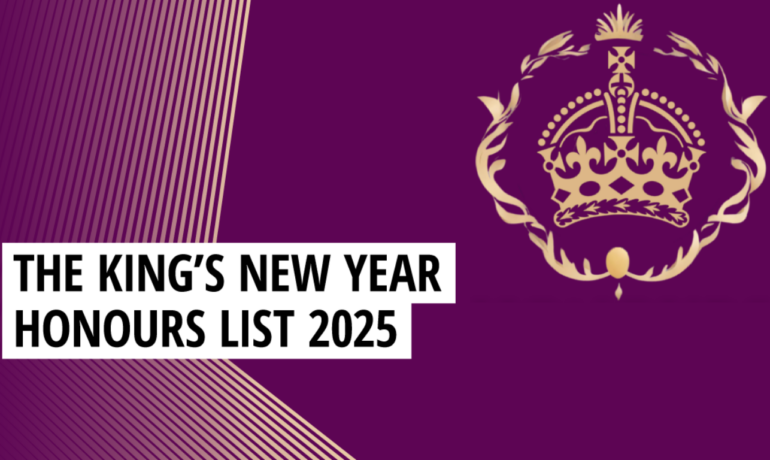A Brief History of Curry in the UK, Grand Trunk Project Initiative
Curry in the UK dates back all the way to the 18th century, and possibly even further into our ancestor’s history. Some of the first recipes to be tried and tested in the UK were very mild compared to today’s preferred level of heat, using more herbs than spices. By the 19th century turmeric, cumin, ginger, fenugreek and cayenne were embraced into the mix and we moved further towards more traditional curries from the sub-continent.
The first curry house in the UK was opened around 200 years ago by Sake Dean Mahomed. A Muslim soldier, Mahomed founded the Hindoostane Coffee House in Portman Square, London, and exposed many to their first experience of spicy sub-continental cooking.
Since Britain’s first taste of curry all these years ago, the number of ‘Indian’ restaurants has only grown. The first surge of this exotic cuisine came in the late 1930s, where many Indians arrived here to help rebuild London after the Blitz. Enterprising Bangladeshis soon noticed the British interest in their street food and invested in opening restaurants for UK natives.
It is thought that around 80 percent of ‘Indian’ restaurants are actually owned by Bangladeshis because what some British people think of as ‘Indian’ food is actually the cuisine that derives from the whole of the subcontinent.
Between the 1940s and the 1980s, the number of Indian restaurants in grew 500x, solidifying the cuisine in British culture.
This large and fast growth is thought to be influenced by the 1947 partition of India, where many Muslims, Hindus and Sikhs migrated to the UK following the turbulent creation of Pakistan.
We Brits didn’t just accept the wonderful cuisine of the sub-continent; however, over the years we’ve also merged and adapted the cuisine to create dishes that are quintessentially British.
Chicken Tikka Masala is the most popular example of this, by far. It’s believed that the dish was created by a Pakistani chef who invented the Chicken Tikka Masala by improvising a sauce made from yoghurt, cream and spices. Others believe that it was created for a couple in Birmingham who found the other curries available too spicy. The true origin is unknown, but that does not dispute that this dish is a true British national dish.
Currently, the UK has over 9,000 Indian, Pakistani and Bangladeshi restaurants. From your local Indian takeaway to your cities most popular curry house, to the upmarket, Michelin star establishments in London, like Benares, it’s truly part of our culture.
Britain has absorbed the cuisine of curry, allowed it to influence other creations and we have watched and loved every step of its homemaking in Britain.
Now, how about a Korma?
For more information on the Grand Trunk Project visit: http://tgtp.co.uk/
BPF Condemns Elon Musk’s Comments and Stands in Support of the Prime Minister’s Statement
The British Pakistan Foundation (BPF) condemns the recent comments
BPF Congratulates British Pakistanis Recognised in the King’s New Year Honours List 2025
The British Pakistan Foundation (BPF) would like to extend




